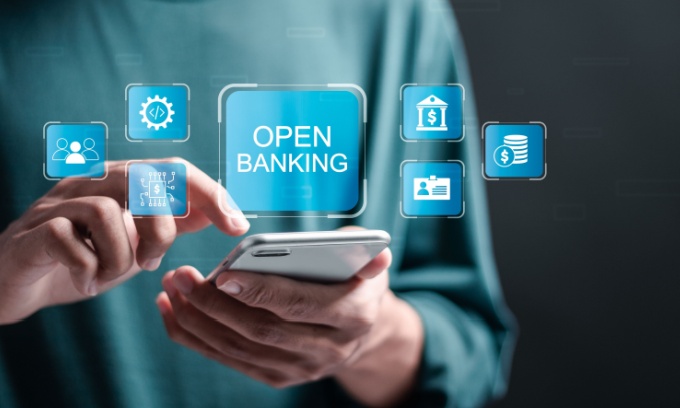What is open banking?
Open banking is an opt-in system that allows your financial data to be stored by and shared with accredited third-party providers, with your permission. According to the Australian Banking Association (ABA), the types of data that can be shared include:
- Personal information such as phone numbers, email and physical addresses
- Account balances
- Information about your financial products, including rates, fees and features
- Banking and credit card transaction details, including amounts deposited and spent.
Open banking is regulated by the Australian Competition and Consumer Commission (ACCC), and any third parties who receive your banking data must be ACCC-accredited. The third parties involved may be other banks, financial institutions or other authorised organisations such as fintech businesses.
Open banking is not a free-for-all, and institutions can only access your data with your permission. That means that once you opt in, you’re in control of which providers can access your data and how they can use that data under the open banking framework.
How does open banking work?
As a consumer, open banking can streamline the process of dealing with banks and financial institutions. When you opt in and agree to share your data, accredited businesses can store data relating to various transactions you’ve made, and with your permission, this data can then be shared with other accredited businesses.
For example, if you decide to switch credit cards, typically you’ll need to gather copies of documentation such as your transaction history and photo ID, and then apply online or over the phone. With open banking, you can request to have your current credit card provider send this information to your new one at the click of a button, potentially speeding up the process and saving you time.
What types of data can I share through open banking?
Open banking allows customers to share data relating to such things as:
- Credit or debit cards
- Transaction and savings accounts
- Home loans (mortgages)
- Business loans.
How do you use open banking?
You can start using open banking through the website or app of an ‘accredited data recipient’. The Consumer Data Right (CDR) website outlines this process:
- Give consent: You will be asked to give permission for the accredited provider to access your data held by your financial institution.
- Perform an identity check: You will then be redirected through to your financial institution’s CDR page to verify your identity. This will be via a One Time Password.
- Confirm data to be shared: Your financial institution will then ask you to confirm what data you want to share, how you would like it to be shared and for what period.
- Share data: Your data will then be electronically transferred to the data recipient.
- Use the provider’s service: You will then be directed back through to the accredited data recipient’s app or website to begin using their service.
What value can open banking deliver to consumers?
According to the ABA and the Federal Government, key benefits of open banking may include:
- Helping you sign up more easily for certain financial products, as the information supplied to a lender can help them better assess your credit risk
- Saving time in switching providers, which may even include the ability to move your direct debit arrangements from one bank to another
- Finding products more tailored to your needs and financial situation
- Supporting you to have a more holistic view of your finances through budgeting and other financial management tools.
Is open banking secure?
All open banking providers must be accredited by both the ACCC and the Australian Information Commissioner (OAIC), meaning that they’re subject to strict criteria as well as privacy and information security standards. Consumers must also give consent for their data to be used and will never be asked for their current online banking password when accessing the CDR to share data.
What are your rights under open banking?
Data holders and accredited data recipients must follow strict regulations under the CDR to protect your data and privacy under open banking. They must make it clear on their website or app:
- what information you’re sharing and how it will be used
- who will have access to your data
- how long they’ll have access to your data for
- and how you can manage and withdraw consents.
Under the CDR rules, you can withdraw your consent to share data at any time either through the data recipient or data holder. If you do withdraw your consent, the data recipient must stop using your data and delete or de-identify any previously collected data.
What can you do if your data has been misused?
If you think your data has been mishandled or you think your privacy has been breached when using open banking, you can make a formal complaint to the data recipient or holder. If they don’t respond or you’re not satisfied with their response, the Federal Government says you should:
- Lodge your complaint to the Office of the Australian Information Commissioner
- Contact the Australian Financial Complaints Authority (AFCA)









